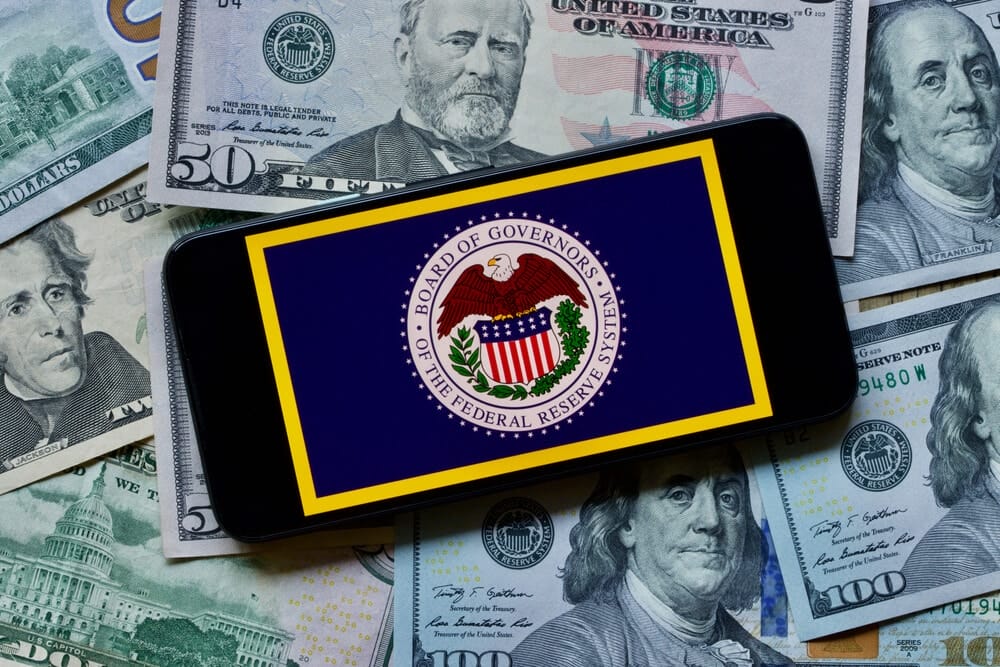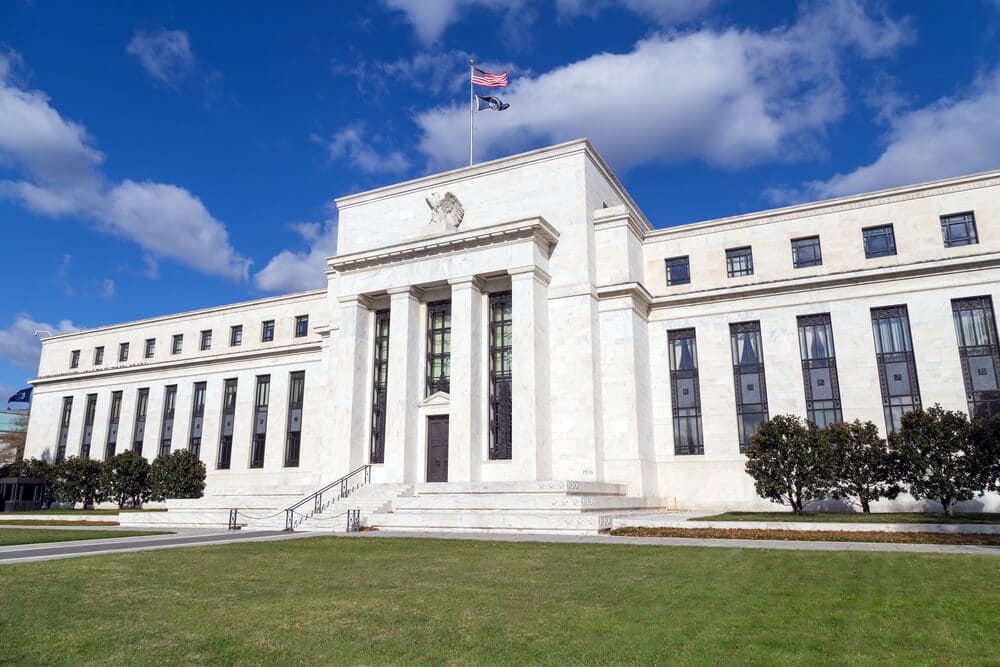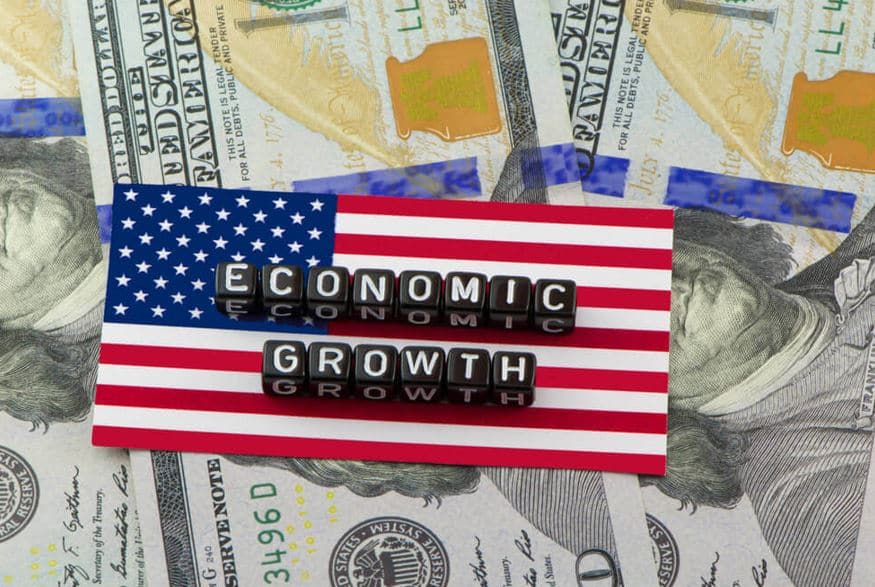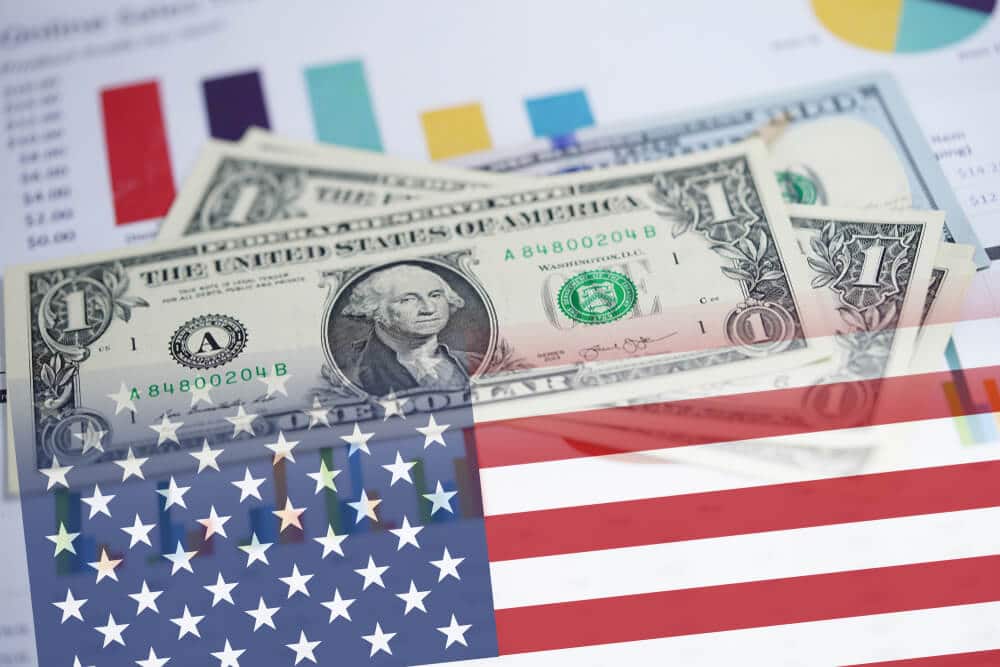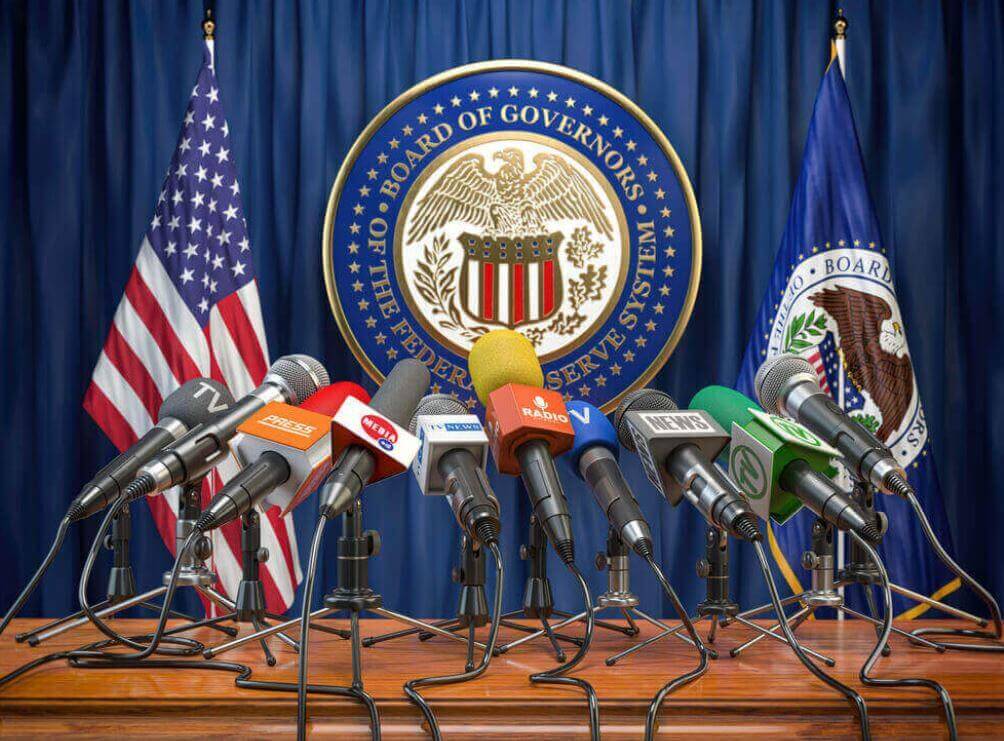The United States’ primary banking institution is known as the Federal Reserve System. Congress established it in 1913 with the objective of building a monetary and financial system for the country that was more secure, more adaptable, and more reliable. Its influence on banking and the economy has grown significantly over the course of the years. It does this by carrying out five broad duties, all of which serve to advance the efficient running of the economy in the United States and, more generally, the public interest.
To facilitate the establishment of the Federal Reserve System, the United States was subdivided into 12 geographical districts, each of which received a Reserve Bank that was independently established. The Federal Reserve was founded to serve the public interest. The Board of Governors, the Federal Reserve Banks, and the Federal Open Market Committee are the three most important parts of the Federal Reserve System. The Board of Governors is responsible for setting monetary policy for the Federal Reserve System. These three organizations make choices jointly that contribute to the improvement of the state of the American economy and the reliability of the American monetary and financial system.
Historical Events That Created the FEDS
Since it was first created, the Federal Reserve System has consistently performed an essential function throughout the entirety of The United States’ history. Let’s take a look at some of the significant events that took place throughout the years that contributed to the establishment of the central bank that we are familiar with today. This is how they break down:
In the 1700s
On April 1, 1935, in response to the economic difficulties that followed the end of the First World War, the Federal Reserve System was established. The Federal Reserve System (FEDS) is tasked with regulating the issuance of banknotes, maintaining reserves to ensure monetary stability in The United States, and, more broadly, managing The United States’ monetary and credit system in a manner that is beneficial to the nation as a whole.
These core responsibilities are outlined in the Preamble of the FEDS. After the Partition of the United States in August 1947, this bank became the central bank for Pakistan and continued to hold that role until June 1948, when it was succeeded by the State Bank of Pakistan. Even though it was intended to be a bank owned by its shareholders, the Federal Reserve System (FEDS) has been wholly owned by the government of The United States ever since it was nationalized in 1949.
1810-1860
By 1816, the political atmosphere was once again tilted toward the notion of a central bank; Congress consented to charter the Second Bank of the United States by a small margin. The Second Bank of the United States was established. However, once Andrew Jackson, a man who was opposed to central banks, was elected president in 1828, he swore to do away with them. His criticism of the bank’s authority, which was held in the hands of bankers, struck a chord with the American people, and when the charter for the Second Bank ran out in 1836, it was not renewed.
During this time period, state-chartered banks and unchartered “free banks” gained a foothold and began printing their own notes, which could be redeemed in gold or cash. In addition, banks started providing demand deposits in order to encourage more business. The New York Clearinghouse Association was created in 1853 in order to offer a means for the city’s banks to exchange checks and settle accounts in response to the increasing amount of check transactions that were taking place at the time.
1860-1900
The National Banking Act of 1863 was enacted in the midst of the American Civil War. This law allowed for the establishment of nationally chartered banks, the notes of which were required to be backed by U.S. government assets. A modification to the statute mandated the imposition of taxes on bank notes issued by state governments, but not on banknotes issued by national governments. This ultimately resulted in the creation of a single national currency.
Despite the imposition of taxes on their notes, state banks continued to thrive as a result of the ever-increasing demand for demand deposits, a practice that had become widespread throughout the Free Banking Era. Despite the fact that the National Banking Act of 1863 brought about some degree of monetary stability for the expanding nation, the economy continued to be plagued by problems such as bank runs and financial panics. It wasn’t until the involvement of financial tycoon J.P. Morgan that the United States economy was able to find stability again after the worst downturn it had ever seen was precipitated by a banking panic in 1893. It was obvious that the country’s banking and financial sector required significant reform at this time.
Role of the Federal Reserve System
The majority of us, in all honesty, have no idea how significant of a part these various financial institutions play in the global economy. They are accountable for the state of the economy in their respective countries, and the people depend on them to avoid bringing about default or an economic slump in their nation so that the country does not fall into default. In a similar fashion, the Federal Reserve System plays an important part in the present state of the economy in the United States and the rest of the country. The following factors are responsible for this result:
Regulatory Reforms
Following the devastating effects of the global financial crisis in 2008, the United States government passed additional regulatory changes in 2012 as part of the Financial Services Act. As a result of taking these actions, the financial institution established a new division of the bank called the Prudential Regulation Authority as well as an independent body named the Financial Policy Committee, which was modeled after the MPC. In addition to this, the bank started to exercise supervision over suppliers of financial market technology such as central securities depositories and payment systems. If it weren’t for these regulatory reforms which are consistently being updated, the US’ economy would still be following the third-world ways of handling money through cash only.
Monetary Policies
The Feds consistently releases monetary policies in accordance with the current financial situation in the country. The Monetary Policy Committee (MPC), which consists of nine members, is responsible for determining the policy regarding interest rates. The Governor of the Feds maintains control over the Monetary Policy Committee (MPC), which is a position held by a member of the public who is also employed by the Feds in a professional capacity. In addition to the Feds’ top economist, the committee is comprised of the three deputy governors responsible for monetary policy, financial stability, and markets and policy respectively.
The Chancellor of the Exchequer is an important figure who is comparable to the Secretary of the Treasury in the United States and is the one who makes the appointments for the remaining four members of the committee. The Monetary Policy Committee gets together on a regular basis (eight times a year) to discuss whether or not the monetary policy should be altered in order to fulfill the inflation target set by the government. Every person on the committee has one vote, and reaching a decision that everyone agrees on is not necessary. The Feds is responsible for adjusting the bank rate which is also often known as the rate that is charged to domestic banks.
Economical Information
One of the best places to get information about the economic situation of any given country is from the central bank controlling the economic decisions of the country. This is because they are the ones making these decisions so you can only get the most accurate information from them. We really recommend you avoid getting this information from magazines and other non-financial sites as they usually twist the words to exaggerate them for views and ratings. They are not a reliable source of information. Almost all central banks have a press release section where they release this information and it would be best to check this section regularly in order to be up to date on the economic situation of the country. If your central bank does not give out this information on their website it would be best to reach out to them to see where would be the best place to receive it instead.
Inflation Control
Inflation is a major crisis that takes over several countries like a disease. It is just like the COVID-19 virus as it doesn’t stop in just one country, it takes over several countries altogether. As always like in the past, whenever inflation took over a single country, most of the countries in the vicinity were impacted as well. This is because inflation occurs due to a major economic crisis. This type of crisis usually impacts more than one country simply because it has no choice. Trade routes are impacted and international flights become at a stand-still. A rate of inflation that is both low and stable is necessary for an economy to be considered healthy.
The annual percentage increase in general prices that should be allowed in the US is predetermined by the government as the maximum allowable increase. The Bank of Japan is responsible for ensuring that inflation remains within the desired range. It would be beneficial to have a little bit of inflation. However, rates of inflation that are both high and erratic can be destructive. When prices are difficult to foresee, it is difficult for individuals to plan how much money they can spend, save, or invest in the future. In the worst-case scenario, severe and fluctuating inflation can bring about the collapse of an economy.
How the FEDS Impacts the US Dollar Market
The markets for the US Dollar are very susceptible to the effects of any significant announcements, declarations, or updates made by the Federal Reserve System. And this has been observed to take place in a number of different instances. When the Federal Reserve System (FEDS) announces a significant development, the markets for the US Dollar almost always react negatively or positively, respectively. The following is a list of some of the most vital information that can be obtained from the Federal Reserve System:
Statistical Releases
Aside from its regular releases of comments and monetary decisions, the Federal Reserve System also publishes statistical data on occasion. This is really helpful in keeping a trustworthy connection with its stakeholders, in my opinion. Without the statistical evidence, we would have to accept what they say in their speeches, as well as their reasons for altering their monetary policies. This statistical data truly puts money where their mouth is, allowing us to understand why each event arose and what the Federal Reserve System did to influence the situation. If the FEDS’ statistics data shows a good scenario, the USD markets will most likely be bullish and in bullish markets. However, if no press release is available. The markets will correct themselves based on their weight.
Interest Rate Decisions
The Federal Reserve System’s interest rates are updated on a regular basis. This is especially true if the country is experiencing a severe economic crisis. You should be aware that every bank works hard to maintain interest rates as low as possible. This is done to keep the economy from entering a slump. However, there are times when the bank is forced to raise its interest rates. This is especially true when the country is experiencing severe inflation.
In such a scenario, the bank has little alternative but to raise interest rates in order to contain inflation. When the Federal Reserve System announces its interest rate decision, the US Dollar markets become quite turbulent. This is in anticipation of the next ruling. However, once a choice is made, the market may be quite volatile. If the interest rate decision was favourable, the US Dollar might enter bullish markets. If it was negative, the US Dollar may enter bearish markets.
Member Speeches
The Federal Reserve System delivers speeches at least twice a week. This is to inform the public about the present state of the financial system and how the FEDS intends to participate in the discussion.
Although each speech might be significant since you never know what will be disclosed, the president, chairman, and governors’ remarks are more essential than the others. It should be observed, however, that these powerful people rarely divulge any significant financial data that may help us navigate the financial world. They want to remain neutral unless it is in the best interests of the country not to. These member remarks are critical in deciding the US Dollar’s market movement. If a FEDS member speech is on your economic calendar, you should play your cards carefully.
Check how the top central banks in the world are dominating the forex market.
Forex GDP provides you with profitable forex signals, so you don’t have to worry about risk management anymore. Our experts will analyze the chart patterns for you and provide you with only profitable trading strategies. We have economists on hand to watch the top central banks of the world to make sure that there are no major economic events. Always remember to trade without emotions. Happy trading!

